#expanded painting
Text

Horrible vacui (2024), assorted found and painted fabric appliqué on cotton
#sarah van sloten#art#artists on tumblr#women artists#female artists#quilt top#quilting#quilters of tumblr#applique#contemporary art#expanded painting#collage
208 notes
·
View notes
Text
Temple Bar Gallery + Studios , Tale Ends & Eternal Wakes, a new exhibition by Mairead O’hEocha.
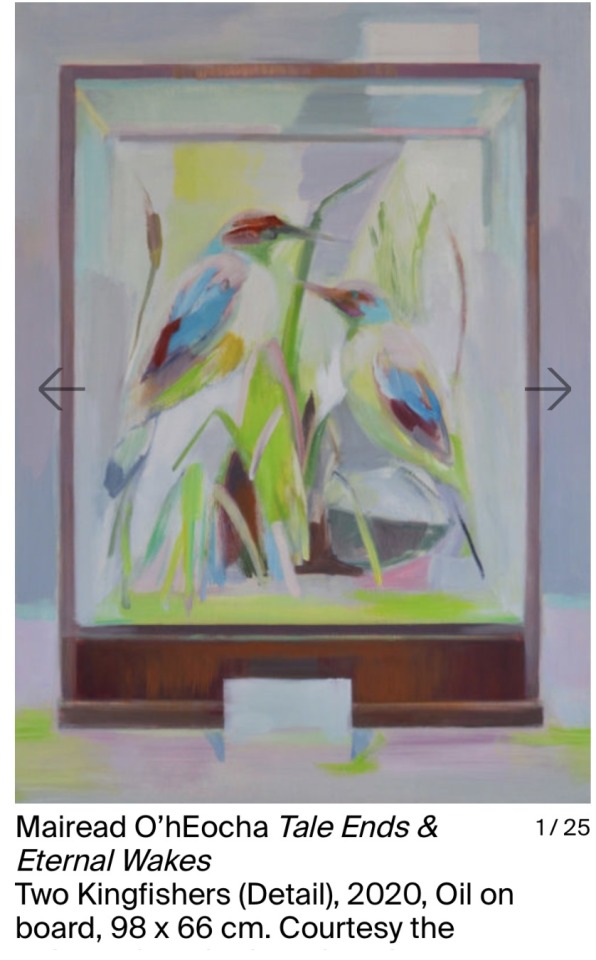


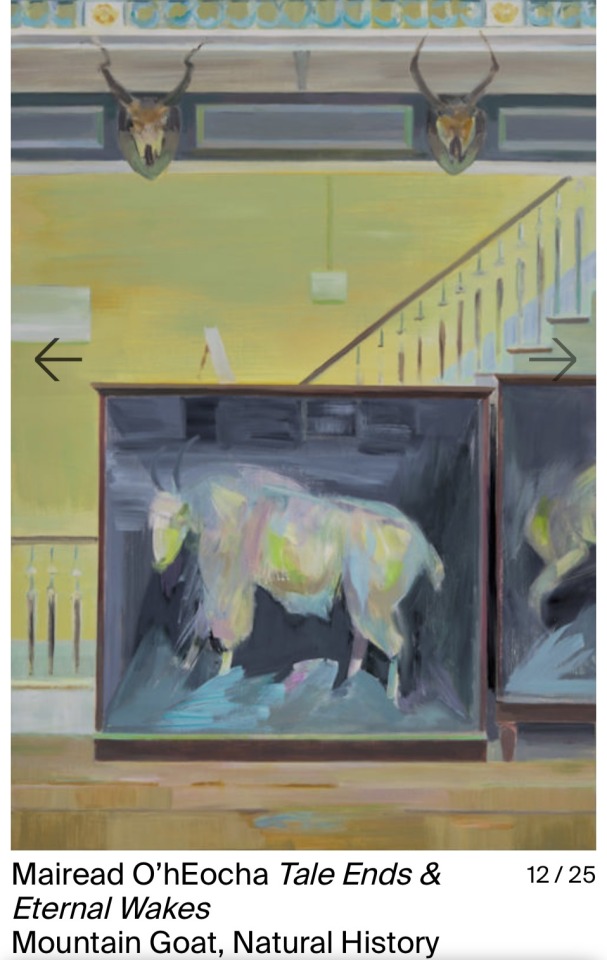


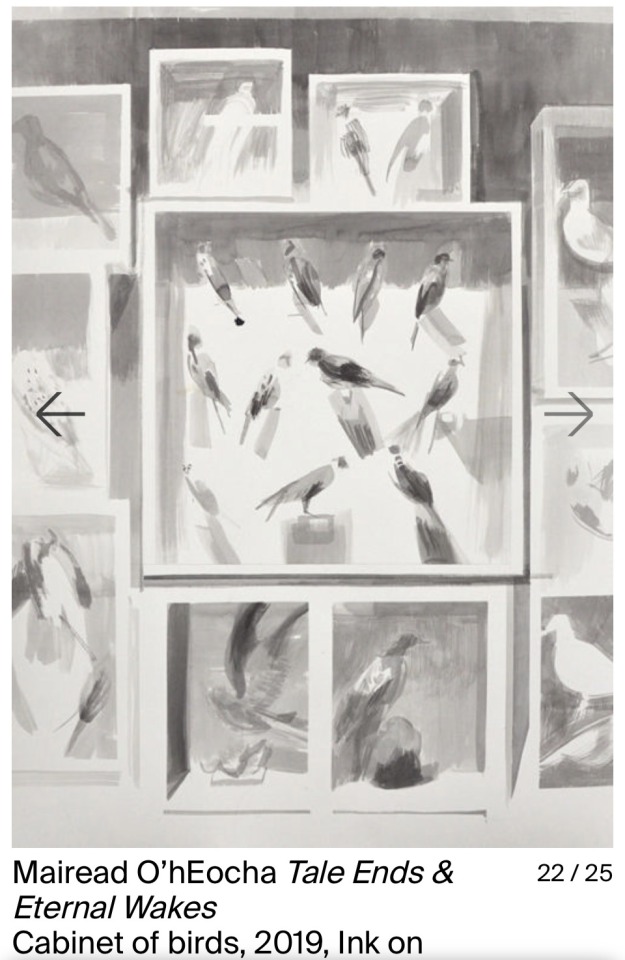
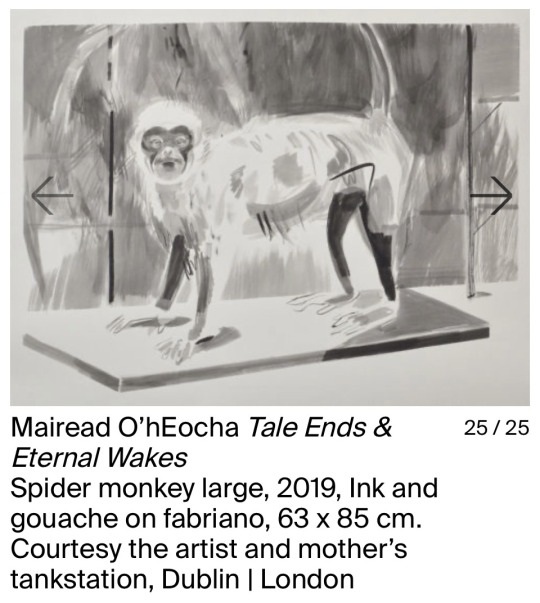
Gorillas, horses, frogs, herons, and other animals have always held a valued role in Mairead O’hEocha’s paintings. In this new body of work the birds and beasts that find themselves enclosed in museum dioramas are celebrated, anatomised and commemorated. But it is not only the animal species that are represented, it is the entire artifice of their reproduction through taxidermy, and subsequent display in museum cabinets. O’hEocha’s depictions of the dioramas in Dublin’s Natural History Museum (or Dead Zoo) bring to light an important balance in her constituent subjects and their contextual arrangement. Where previously O’hEocha’s representation of animals was encoded within her broader visual lexicon, the animals now fully occupy the frame, gesturing to the viewer on their own terms. This is impossible, of course, as the animals’ gestures are appealing precisely because of their oblivious regard for the viewer. O’hEocha’s selective compositional approach to painting reflects the meticulous arrangements of taxidermied animals in constructed artificial environments, and her ongoing engagement with representation and image-making highlight important issues about accepted institutional forms of presentation. O’hEocha goes beyond the urgency of current environmental concerns to present artworks that chart human anxieties, such as fear, desire and control. The paintings ask how we can better acknowledge the limitations of archetypal conventions of display, while also celebrating the complexities of representing the natural world today.
John Berger has compared the repetition of viewing a conventional gallery exhibition to the anticipated disappointment of visiting a zoo, and O’hEocha here acknowledges, subverts and reflects on the limitations of display. For the first time, she will show monochromatic ink drawings on paper that situate improvised and varied techniques of drawing alongside exacting and distinctively prismatic oil paintings on board and canvas. The drawings show monkeys and birds unbound from display cabinets, and the free-form, accumulative installation teases the animals to leap from one sheet of paper to another, defying the prescribed limitations of the museological ordering system. It would be a shame at this point to ignore that the art gallery, its visitors and its windows facing the busy city street reflect a parallel menagerie.
Natural History museums in the 21st century have a precarious position in the public eye. While they offer valuable scientific data that promotes progressive attitudes towards the natural world in an era of climate catastrophe, they are also residual embodiments of colonialism, hierarchical classification and cataloguing, and economic exploitation (5). Referencing Donna Haraway’s critique of the American Museum of Natural History, Catalina Lozano claims that representation of animals in museum dioramas ‘reproduces a narrative of dominance, a second defeat over the dead animal’ (6), and that the displays create a ‘permanently specular image, a ghost’ (7), whose imitation of life is extended indefinitely.
The exhibition title, Tale Ends & Eternal Wakes, echoes this state of suspension, or undetermined afterlife, in which the moment at the cusp of death is prolonged and made visible to all. Maeve Connolly has described O’hEocha’s paintings as ‘deliberate compressions of time’ (8), which is inescapably contrary to the display of the ‘denaturised’ subjects she paints. The ‘naturalisation’ of museum dioramas, their quantifiable value systems, and directed single viewing perspective, are a palatable means of rationalising the joyful and complex intangibility of nature. O’hEocha’s paintings are closer to the sublime disorder of the natural world in all its profound and perplexing splendour (9).
In an essay on fly-tying and representation, artist Joseph Grigely shares an old fishing secret: ‘its not the image alone that matters, but the way the image moves’ (10). This poetic analogy reveals some of the contemporary complexities around representation, and we know superficial caricatures are not a substitute for the real thing, particularly when considering the natural world: ‘It’s not so much about imitating flies as it is about creating desirable fictions’ (11). Rather than relying on representation, like the museum dioramas, Mairead O’hEocha appreciates human and sensory responses to ideas of nature through subtle decisions about form and gesture, such as the absolute stillness of an antelope or the reflective iridescence of a kingfisher’s wing. By simultaneously drawing us into the cabinet, and pulling the animals outside of it, back into the real world, O’hEocha’s exhibition prompts us to reconsider the entire dynamic between object and viewer.
—
Tale Ends & Eternal Wakes originally opened in February but closed shortly after, as Ireland went into lockdown, in response to the Covid-19 pandemic. It is hard to avoid the feelings of confinement and isolation that many of us experienced over the past months when looking at O’hEocha’s paintings of animals in museum display cabinets.
To acknowledge the unique circumstances and the reopening of the exhibition, O’hEocha has produced several new works on paper in a reconfigured installation, and will continue to add to and expand the installation. It is as if the animals have reproduced and now occupy more space, inviting urgent questions on how the animal kingdom might survive in a post-human world.
‘Whenever a human being confronts a living creature, whether in actuality or in reflections, the ‘real life’ animal is accompanied by an inseparable image of that animal’s essence that is made up of, or influenced by, pre-existing individual, cultural, or societal conditioning’, Elizabeth Atwood Lawrence, “The Sacred Bee, the Filthy Pig, and the Bat out of Hell: Animal Symbolism as Cognitive Biophilia”, in The Biophilia Hypothesis, ed. Stephen R. Kellert and Edward O. Wilson (Island Press, 1993)
‘Visitors visit a zoo to look at animals. They proceed from cage to cage, not unlike visitors to an art gallery who stop in front of one painting, and then move on to the next or the one after next. Yet in the zoo the view is always wrong. Like an image out of focus.’, John Berger, ‘Why Look at Animals?’, in About Looking (Penguin, 1980)
Jorge Luis Borges’ short tale, Fauna of Mirrors, tells of the mirror creatures who, due to the actions of men, are imprisoned within an alternate realm of the mirror. The myth states that over time, the trapped beings will recover their power, ‘break through the barriers of glass and metal and this time will not be defeated.’, Jorge Luis Borges, ‘Fauna of Mirrors’, in Book of Imaginary Beings (Penguin, 2006)
In a recent news article, Nigel Monaghan, Keeper of Dublin’s Natural History Museum advocates for natural history collections as ‘key to understanding biodiversity over the last few centeries.’, Juliana Adelman, ‘New science in old places: museums are crucial part of scientific research’, The Irish Times, Tuesday, January 7, 2020. Writer and curator, Rachel Poliquin, on the other hand, has described some of the contemporary criticisms of museum collections and displays: ‘Museums with nineteenth-century roots have been criticised as complicit with the colonial project, and their collections branded as imperial archives…in a Discovery Channel age, when wildlife videos can bring living, breathing, fighting, mating creatures into everyone’s home, no shooting or stuffing required, filling darkened halls with dead animals seems – to some – almost perverse’. Rachel Poliquin, ‘The Matter and Meaning of Museum Taxidermy’, in ANIMALS: Documents of Contemporary Art, ed. Filipa Ramos (Whitechapel Gallery and The MIT Press, 2016)
Charles Wolfe argues that ‘Nature can only be grasped as such in various localised, constructed, indeed artificial environments’ such as zoos, parks, and museums. Charles Wolfe in conversation with Olivier Surel, ‘On the Aestheticization, Institutionalization, and Dramatization of the Concept of Nature’, in Theater, Garden, Bestiary: A Materialist History of Exhibitions, ed. Tristan Garcia & Vincent Normand (Sternberg Press, 2019). He is referencing Denis Diderot’s romantic description of the natural world outside the display case or enclosure: ‘Whichever side we approach it from, we find masses (clusters, heaps) which transport us with admiration, groups which call for our attention in the most surprising manner’, Denis Diderot, ‘Cabinet d’Histoire Naturelle’, Œuvres completes, ed. H. Dieckmann, J. Proust, and J. Varloot (Hermann, 1975). Translation by Charles Wolfe.
#Mairead O’hEocha#irish artists#irish art#animals#taxidermy#expanded painting#contemporary art#contemporarypainting#fine art#painting#john berger#animal#nature#ecology#the dead zoo
2 notes
·
View notes
Text
Katherina Grosse
Katharina Grosse was born in 1961 in Freiburg/Breisgau, Germany. Grosse is a painter who often employs electrifying sprayed acrylic colors to create large-scale sculptural environments and smaller wall works. Interested in the shifts of scale between ‘imagining big’ while being small in relationship to one’s surroundings, she explores the dynamic interplay between observing the world and simply being in it. By uniting a fluid perception of landscape with the ordered hierarchy of painting, Grosse treats both architecture and the natural world as an armature for expressive compositions of dreamy abandon, humorous juxtaposition, and futuristic flair.
Her projects often suggest complex narratives through the inclusion of everyday objects, psychedelic vistas, and evocative titles. By building up layers of color with an expressive immediacy, she enables her work to become a material record of its own making and, perhaps, an inscription of her thoughts. But, Grosse says, “I am the painting trickster. Don’t believe me!”

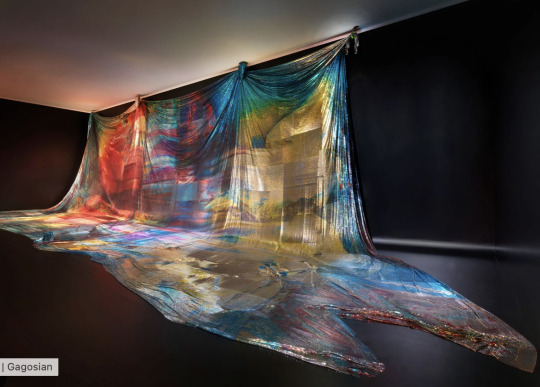
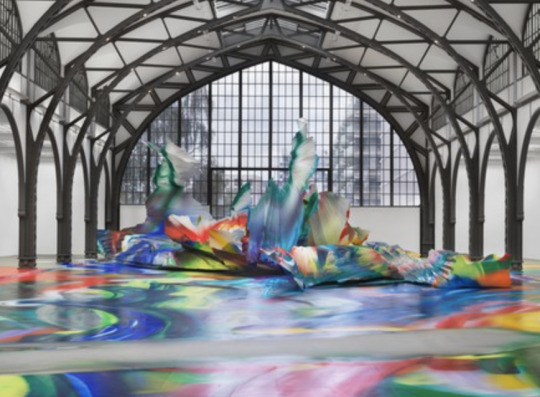
0 notes
Text
Cafe au doodles

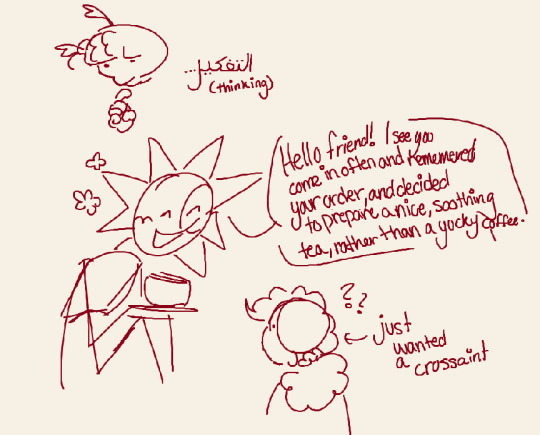
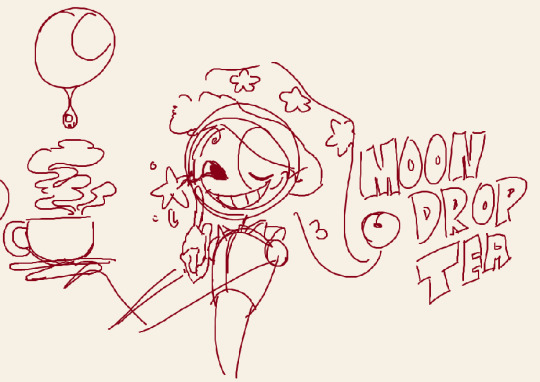
#fnaf#fnaf sun#fnaf moon#I might expand on this idk#I was just playing in Ms paint with a new tablet I got :3#okay i love you bye
872 notes
·
View notes
Photo

“Mājās?” | 2015 | koks/akrils
“Home?” | 2015 | wood/acrylic
0 notes
Text

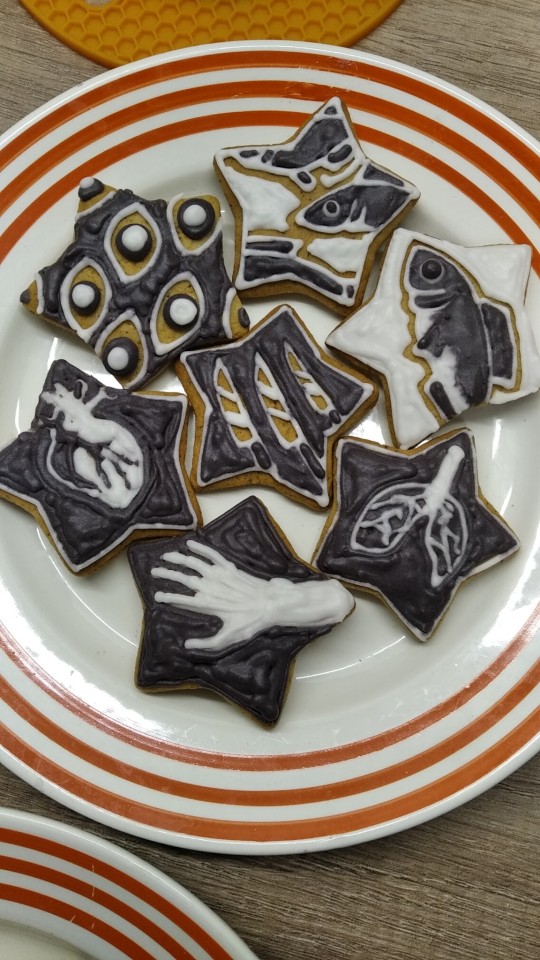



I haven't post my homemade cookies here yet
#pastry bags have expanded my possibilities of drawing on cookies#I like ginger cookies because they are delicious and easy to cook#and it can be painted uhuhuhu#my art
2K notes
·
View notes
Text
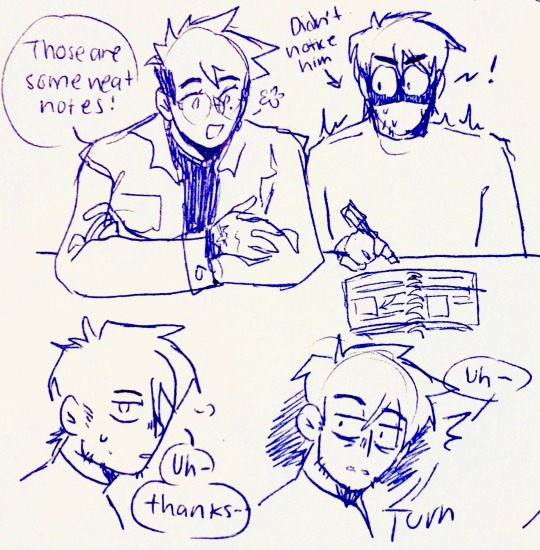



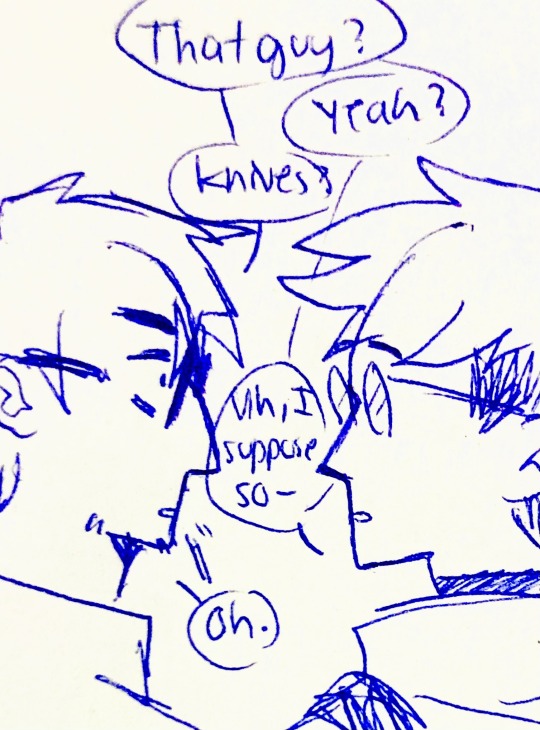

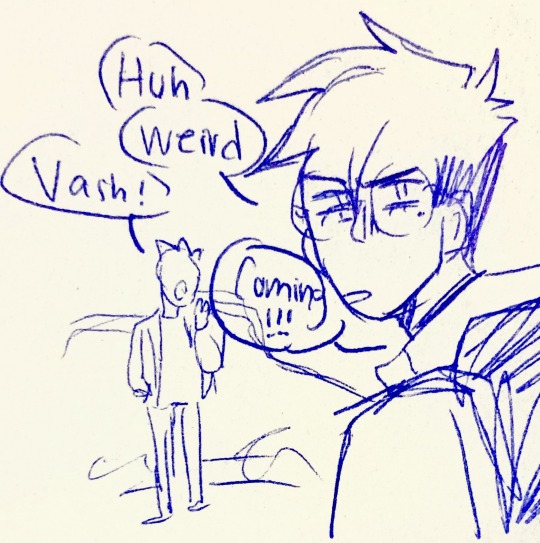
Part 1 of this thing that doesn’t actually have a steady flow
But wouldn’t it be so funny that the guy you get along with just fine is the brother of the guy that you feel like wanting to shower after making eye contact? Because I think it is
Apologies for the weird colors I did my best with the lighting I have 🧎♀️
#Vash and Wolfwood share an arts optional major#major??? SUBJECT OANEMW#Vash needed the credits and WW wanted to learn after a kid at the orphanage asked if he would be able to teach him how to draw#he saw it was possible for him to take it so he squished it in. he then found out how bad he is at painting big he does his best#and Vash helps him becasue he finds it awesome how a teaching/education major is trying to expand on his field#so he is always encouraging and patient. even if they like very different artistic movements#I also imagine WW being super organized with his notes#he is a generally organized person but he did not care about notes in his previous major#now his motivation are the kids so he really is putting the effort this time.they aren’t flashy but they look neat and do the work just fine#I also think he knows that those two HAVE to be related but is in severe denial until two weeks later after meeting Vash this happens#trigun#vash the stampede#nicholas d wolfwood#trigun stampede#vashwood#trigun fanart#vash#wolfwood#nicholas trigun#Nai saverem#millions knives#Trigun Uni! AU#lenssi draws#pen!
617 notes
·
View notes
Text

Still? Again?
#sketchbook#artists on tumblr#illustration#acrylic painting#colour pencil#painting#my art#this is about expanded arctic horror and also baldur's gate 3 being cool#Which generally just means i watched videos about people dying in the arctic and also certain bg3 actors streaming bg3 while painting this
238 notes
·
View notes
Text
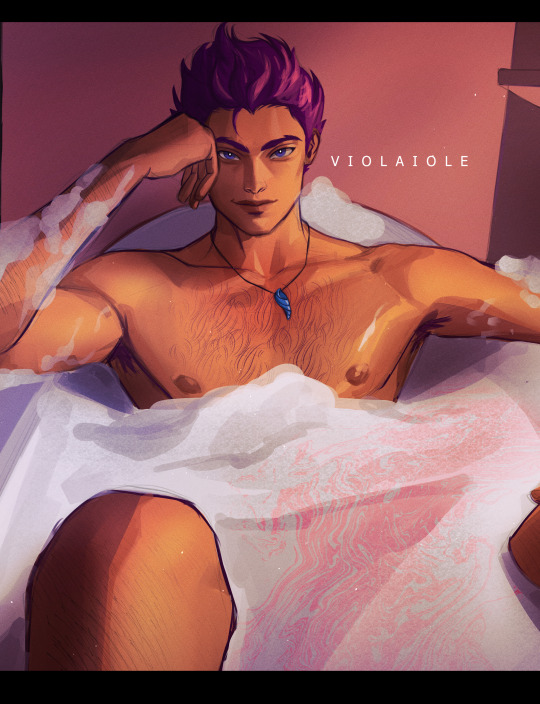
Lance - Stardew Valley Expanded
#stardew valley#stardew valley fanart#stardew fanart#sdv fanart#sdv#stardew valley expanded#staardew valley lance#fanart#digital art#artists on tumblr#art#digital painting#digital illustration#my art
252 notes
·
View notes
Text

Hey Cheerilee Hey Cheerilee!
#mlp fim#My Little Pony#Cheerilee#MLP Cheerilee#My Little Pony Friendship is Magic#Dreamy Art#Just Drawin Whatever Recently#Ive Been in a Weird Place So Ive Mostly Been Disregarding Stuff I Dont Find Fun#A Lot of What Ive Been Posting Has Been Fun This Was Fun#Ive Been Experimenting WIth Digital Painting Techniques n Shit Cuz Im All Inspired By PleinairApril... One Day Ill Do It#But Yeah No Whatever Cheerilee! I Like Cheerilee#She's in That Category of Earlier Characters Who Never Really Got Expanded On Even as MLP Added One Billion Bullshit Things#Which is Kind of a Shame? Idk What Else Theyd Really Add to Her But#Idk#Maybe Shes In the Friendship School Ive Not Watched That Shit#Cuz It Looks Fucking BAD!
79 notes
·
View notes
Text
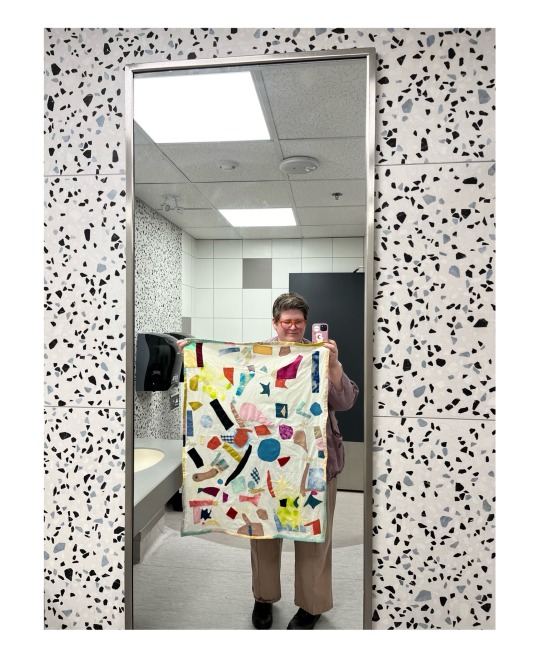
Some appliqué practice (self-portrait in bathroom with the full mirror)
#sarah van sloten#art school#art#artists on tumblr#women artists#female artists#contemporary art#painting#expanded painting#collage#applique#quilt top#quilting#quilters of tumblr#fabric collage#fibre art
21 notes
·
View notes
Text
Artist Matt Bollinger presents and discusses how he creates his stop-motion animated paintings and process in making sound for the animations.
#fine art#contemporary art#contemporarypainting#painting#expanded painting#stop motion#stop motion painting#animation
0 notes
Text


Because I need to expand every franchise that is dear to me and make redesigns, I made a Mechanic and diamond shopkeeper redesign to better fit all of the lore that I made up for myself-
#I can't get over how D. shopkeeper sticks out like a sore thumb#geometry dash fanart#geometrydash#geometry dash#faceee art#redesign#ibis paint x#I need to expand this comcelt like a tumor i need people to see my vision
112 notes
·
View notes
Text
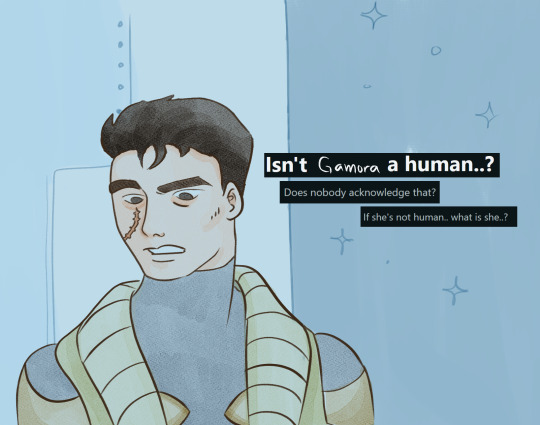
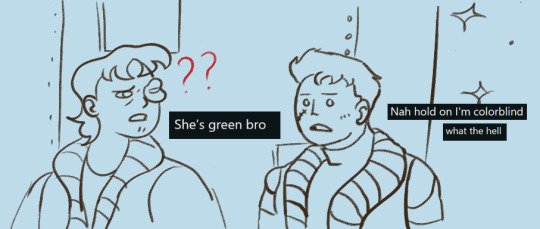
my most useless headcanon: rich is colorblind

plus, what gamora would look like via richie vision:

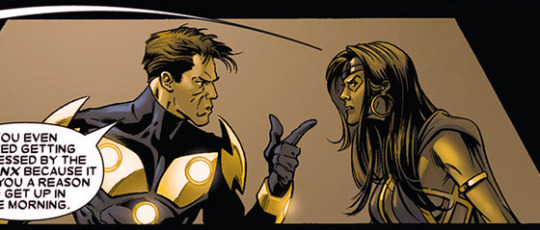
#richard rider#talking tag#i actually do have a lot of thoughts about this and i'm sure i'll expand on them later#marvel#luke's art#idk if i like the way i used a watercolor brush to paint this.... but i think it's ok
91 notes
·
View notes
Photo

“Mājās?” | 2015 | koks/akrils
“Home?” | 2015 | wood/acrylic
1 note
·
View note
Text
Doing some experimental stuff with DMS. Tried sticking to a color palette, didn’t quite succeed 😅
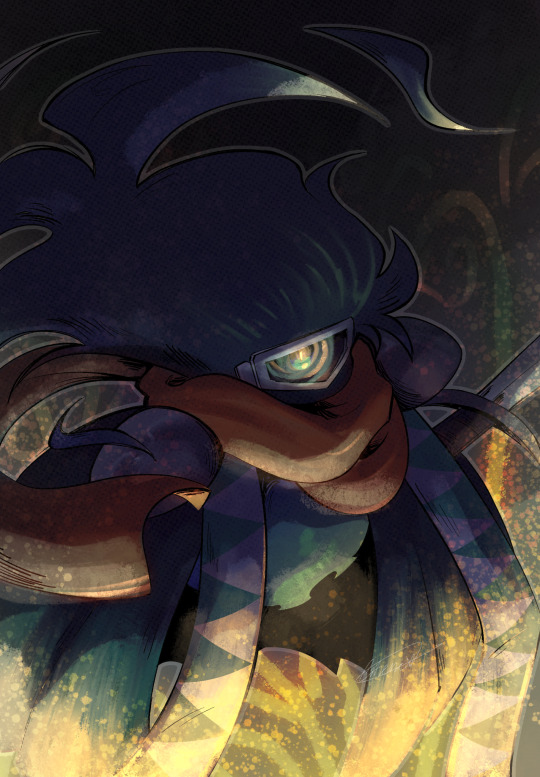
#kirby series#dark matter blade#dark matter swordsman#digital painting#my stuff#perhaps I should expand on my dark matter headcanons sometime#we’ll see
288 notes
·
View notes